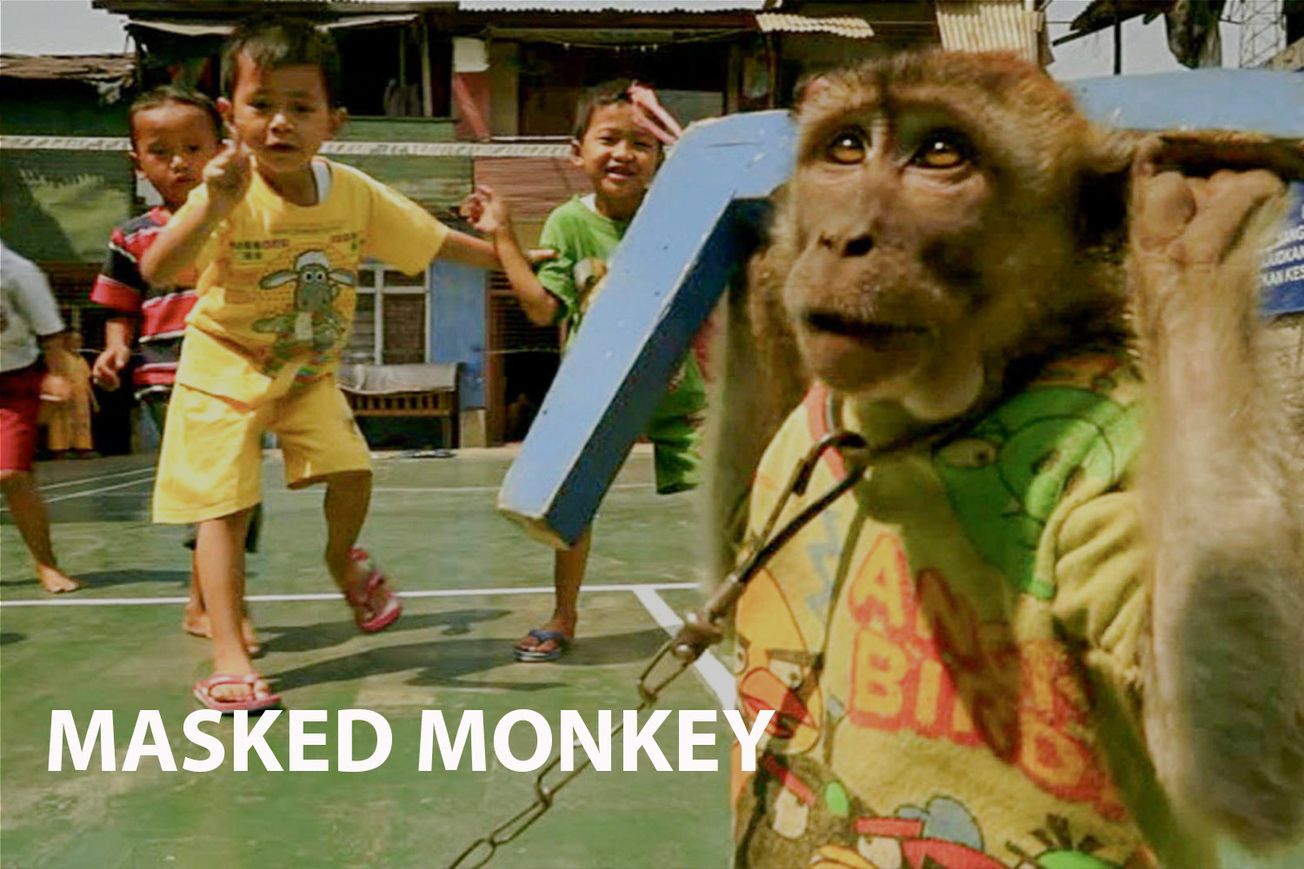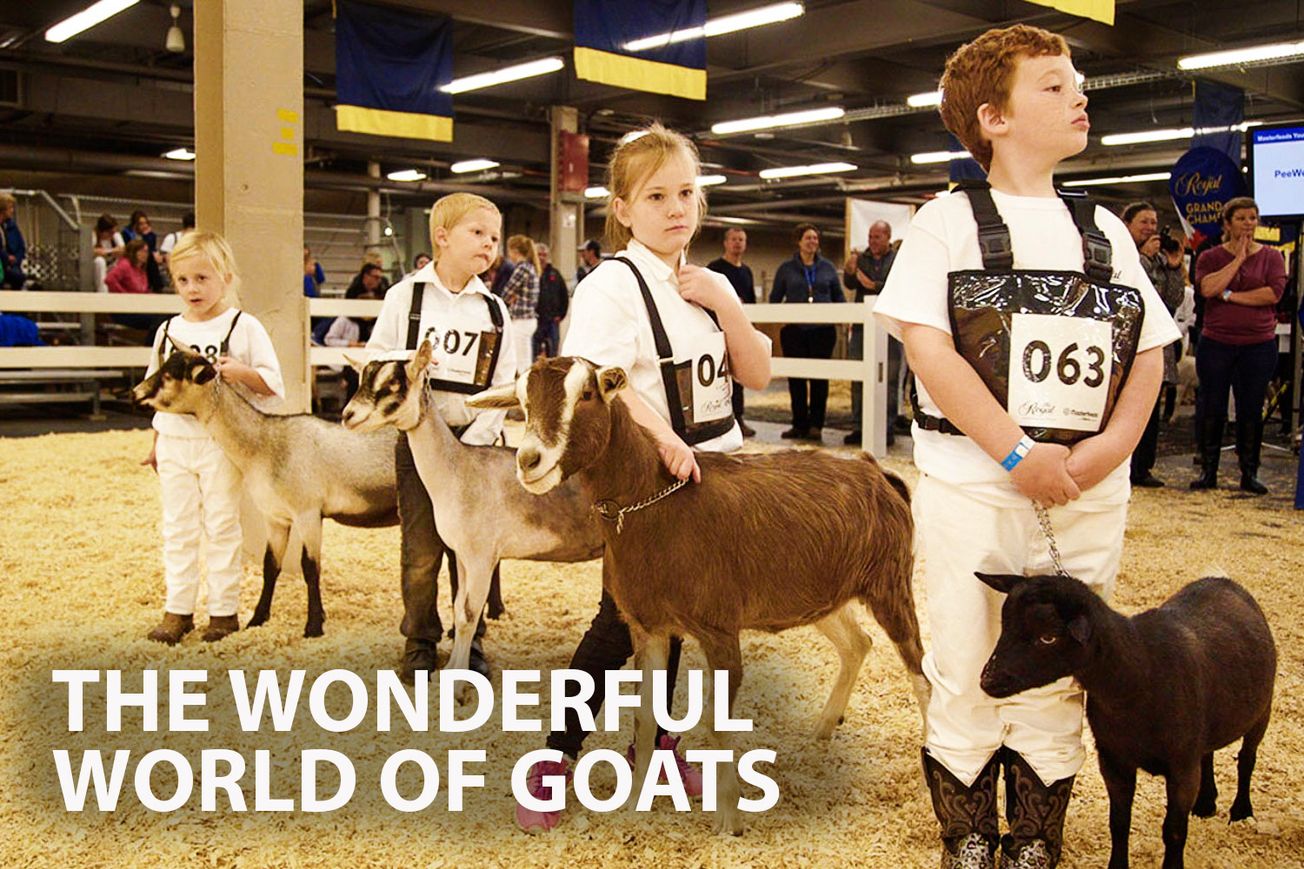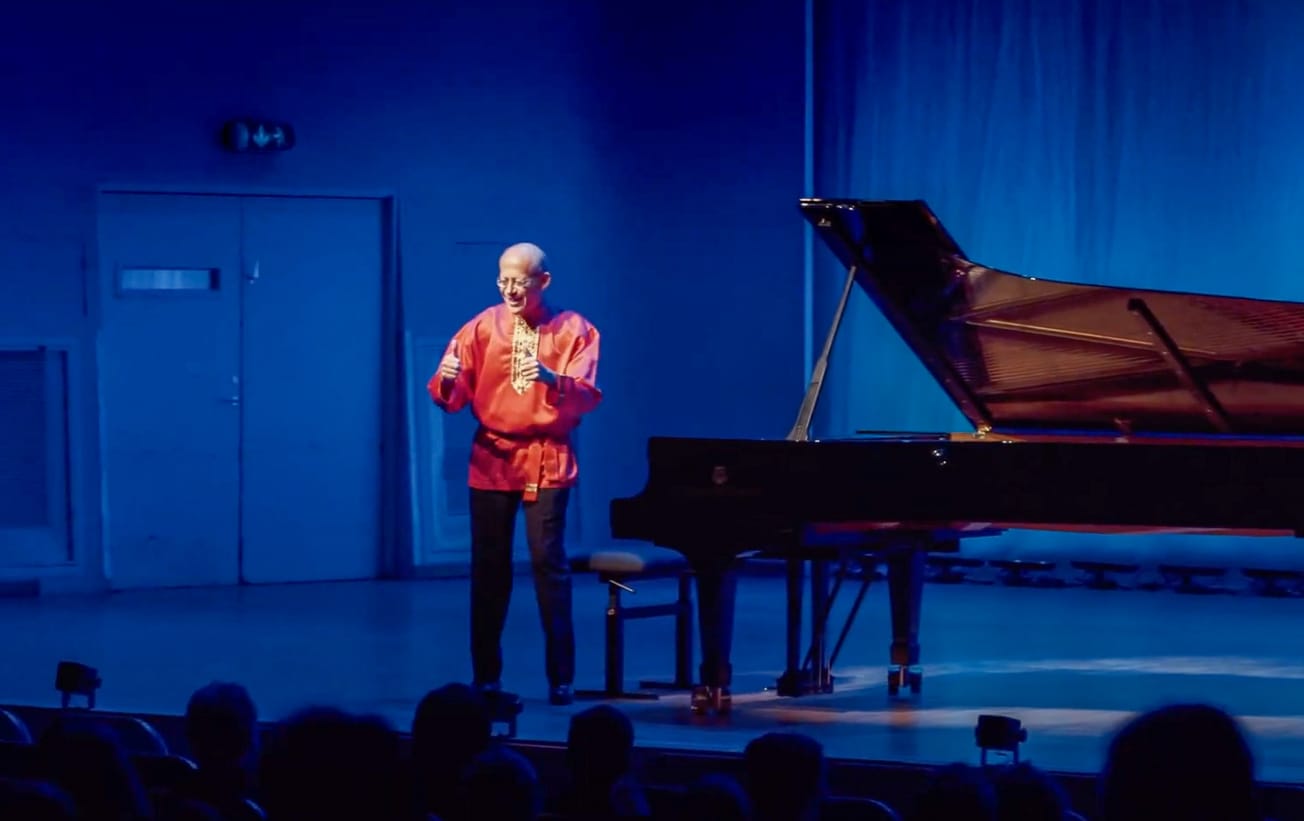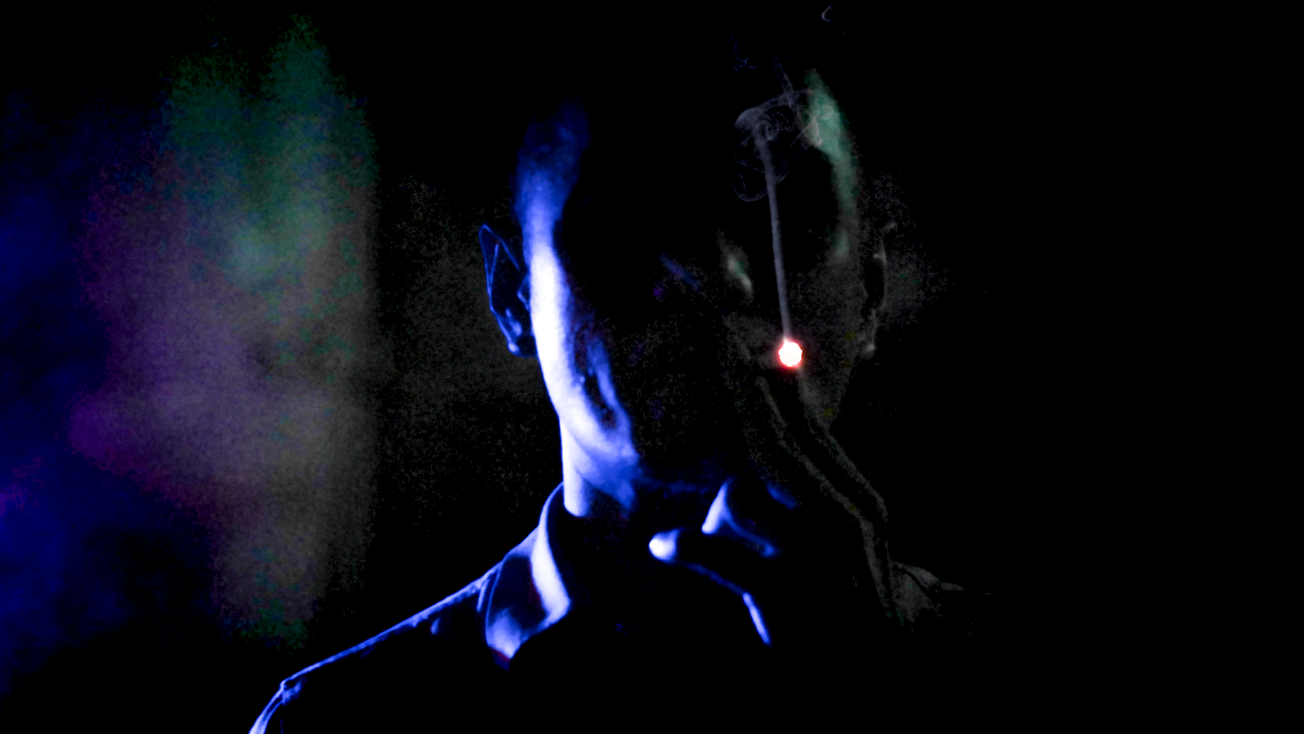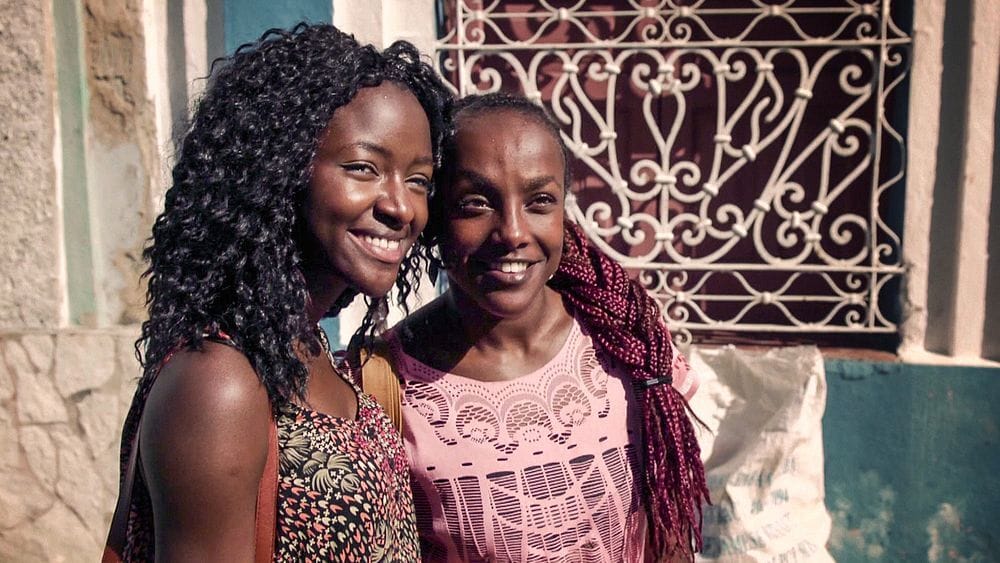Keywords: Jakarta, Performing Monkeys, Animal Rights, Exploitation, Cultural Tradition, Change. Three Words: Eye-opening, Heart-wrenching, Thought-provoking
Introduction
"Masked Monkey" is a riveting documentary directed by [Director Name] and released in 2020. It delves into the life of performing monkeys and their handlers in Jakarta, Indonesia. In an era where animal rights are taking centre stage, the relevance and urgency of this documentary cannot be overstated.
Synopsis
The documentary uncovers the harsh reality of performing monkeys and their handlers, pushed to the brink by their 'monkey bosses' for maximum earnings. The documentary follows the lives of these performers as they navigate the challenging landscape of animal rights activism and the uncertain future of their industry.
More Film Analysis
Analysis
The documentary takes an investigative approach, providing an in-depth look at the monkey performance industry. The quality of research and depth of exploration into the subject matter are commendable, giving audiences a view into an often overlooked aspect of urban life in Jakarta.
Historical and Factual Context
The tradition of monkey performances can be traced back to the 19th century in Indonesia. However, in recent years, there has been growing opposition to this practice due to animal rights concerns.
Key themes in the film
- The struggle for survival in an increasingly challenging economic landscape.
- The ethical conundrum of animal performance and exploitation.
- The societal and governmental response to animal rights issues.
Film Comparisons
Unlike other documentaries on iWonder, "Masked Monkey" focuses on a unique aspect of human-animal relationships, providing a perspective that is both enlightening and heart-wrenching.
Noteworthy Moments
One of the most impactful moments in the documentary is the revelation of the extreme conditions and mental health issues suffered by both the monkeys and their handlers.
Reviews
The documentary has been well-received, with critics praising its balanced portrayal of a controversial topic. Audience reviews highlight the film's ability to generate empathy and provoke thought.
Conclusion
"Masked Monkey" offers an essential look into the ethical and societal implications of animal performance. It is a must-watch for anyone interested in animal rights, cultural traditions, and societal change.
More film information:
FILM SUMMARY
- Genre: Documentary
PERSONALITIES
- The Monkey Handlers: Individuals who train and perform with the monkeys.
- The Monkey Bosses: The people who profit from the monkey performances.
- The Activists: Those fighting to end the monkey performance industry.
LOCATIONS
- Jakarta Streets: Where the performances usually take place.
- The Handlers' Homes: Providing insight into their living conditions.
Key Questions Raised by The Film:
- What is the impact of the monkey performance industry on the lives of the monkeys and their handlers?
- How can society balance cultural tradition and animal rights?
- What is the future of the monkey performance industry in the face of growing opposition?
Links for Further Exploration
- Link to an academic journal on animal rights: https://guides.library.utoronto.ca/c.php?g=727309&p=5215276
I wonder what the film would be in another art form



- A famous book, it would be "Animal Farm" by George Orwell - both delve into the complex dynamics between oppressor and oppressed.
- A famous song, it would be "The Sound of Silence" by Simon & Garfunkel - echoing the unseen suffering of the monkeys and their handlers.
- A famous piece of art, it would be Picasso's "Guernica" - depicting the chaos and suffering caused by exploitation.
- A famous celebrity, it would be Jane Goodall - renowned for her work with primates and her advocacy for animal rights.
- A colour, it would be grey - symbolising the grim reality faced by the monkeys and their handlers.
- A music style, it would be the blues - reflecting the hardship and struggle present in their lives.
